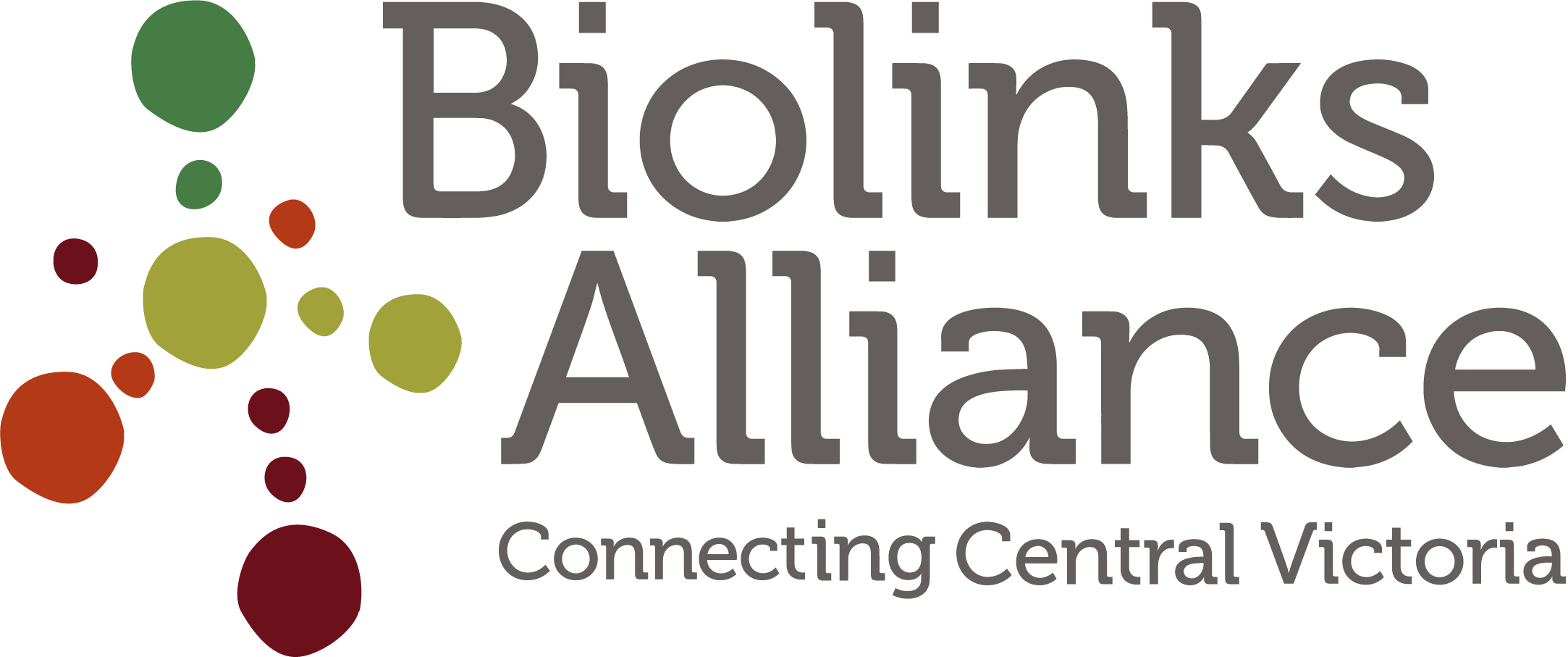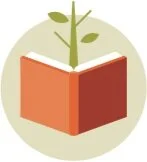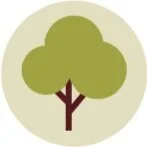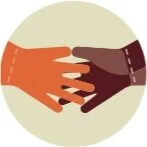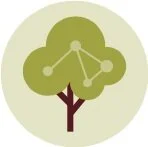A plan for the landscape, not just the paddock
“The bushfire crisis of 2019/2020 focused a lot of attention on the threats of climate change to wildlife and the parlous state of the Australian environment in general. We must be a lot bolder in our conservation actions.”
Our objectives 2019-2022
Objective 1: Knowledge and networking
By 2022, to enable community conversation groups, First Nations groups and landholders to readily access and share up-to-date information about effective ecological restoration practice.
Objective 2: Landscape projects
By 2022, to refine, apply and review our unique “Local to Landscape” conservation planning process and to fund and deliver at least two pilot projects using this process.
Objective 3: Advocacy
By 2022, to establish Biolinks Alliance as a recognised and respected advocate on behalf of its member networks, regarding environmental management and ecological restoration policy and resourcing.
Objective 4: Brokering
By 2022, to broker support from urban dwellers to enable rural land stewards and First Nations Peoples to undertake biodiversity conservation.
Objective 5: Partnerships
By 2022, develop at least six partnerships between member groups and other not-for-profit environmental organisations, universities and government agencies, including two partnerships with First Nations groups.
Objective 6: Organisational capacity
By 2022, be an effective and efficient network organisation undertaking best practices in governance, communications, human resources, First Nations People engagement and adaptive management.
NEXT: BIOLINKS CASE STUDY - PROJECT PLATYPUS
Biolinks member group Project Platypus aims to return Cole Creek to its former health - and one day to see Platypus diving in its deep pools again.
